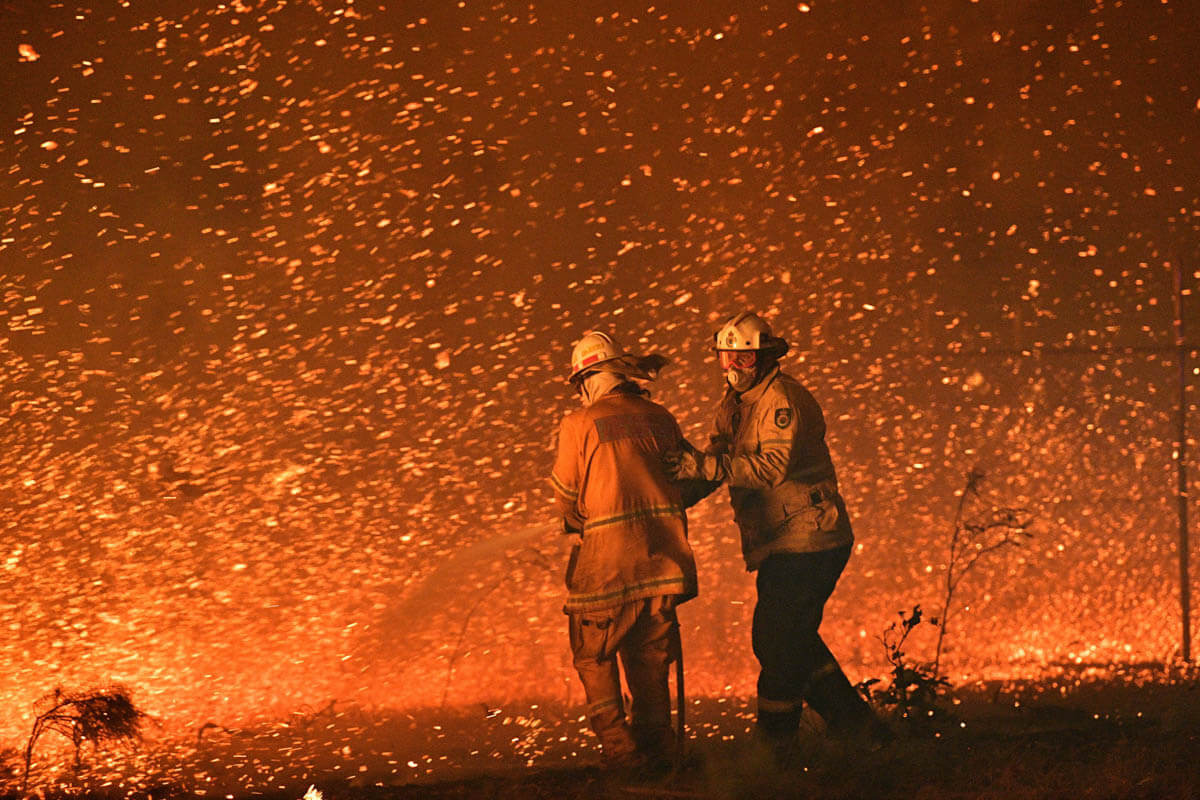As the Australian bushfires rage on, the cost to the economy is now estimated at A$2 billion. The tourism, agricultural and retail industries have been hit the hardest. The smoke covering major cities is assumed to have reduced national economic output by an additional $500 million, in the form of lost productivity, lower consumer spending, and deteriorating health.
In fact, the Climate Council’s calculations indicate that reduced agricultural and labor productivity could result in economic losses of A$19 billion by 2030, A$211 billion by 2050 and A$4 trillion by 2100.
In cities like Sydney and Canberra, air pollution has reached levels 11 times greater than what is considered ‘hazardous’. In fact, Canberra is now the world’s highest ranking city on the air quality index (AQI). This is sure to expose the population to a multitude of health risks–particularly children, the elderly, and people with pre-existing conditions. Consequently, labor productivity, even in areas and professions that are not entirely dependent on the weather, has been hit hard.
It is thought that many small local communities may never be able to recover, due to a 25 to 50 percent contraction of their economies. Many small towns rely on a busy summer tourist period to supplement their income for the entire year. However, the cost of rebuilding appears so exorbitant that it may not be worth the re-investment, causing much of the population to move away from such areas.
Victoria accounts for one-third of Australia’s milk production. The fires have killed innumerable livestock, severely impacting the A$3.3 billion industry. On Tuesday, Australia’s military buried roughly 4,000 sheep and cattle to prevent the spread of disease. The University of Sydney concedes that its figure of 480 animal deaths is a “highly conservative figure”. These 480 million animals are made up of livestock that are vital for the agriculture industry, and wild animals that are a major source of income for the tourism industry.
Additionally, the Insurance Council of Australia increased its estimate for damage claims to $700 million, and anticipates it will raise it further once more vulnerable areas become accessible again.
Australia has always battled bushfires during the summer season, but the scale of damage this season is unprecedented. The New South Wales (NSW) Rural Fire Service said that they have typically dealt with about 280,000 hectares of burned land; by December 23 this season, they were already staring at 3.41 million hectares of burned land.
Thus, the financial impact of Australia’s bushfires has severely dented its economic outlook and is sure to affect its economy for years to come.
Image Source: Al Jazeera

